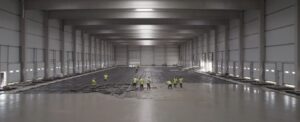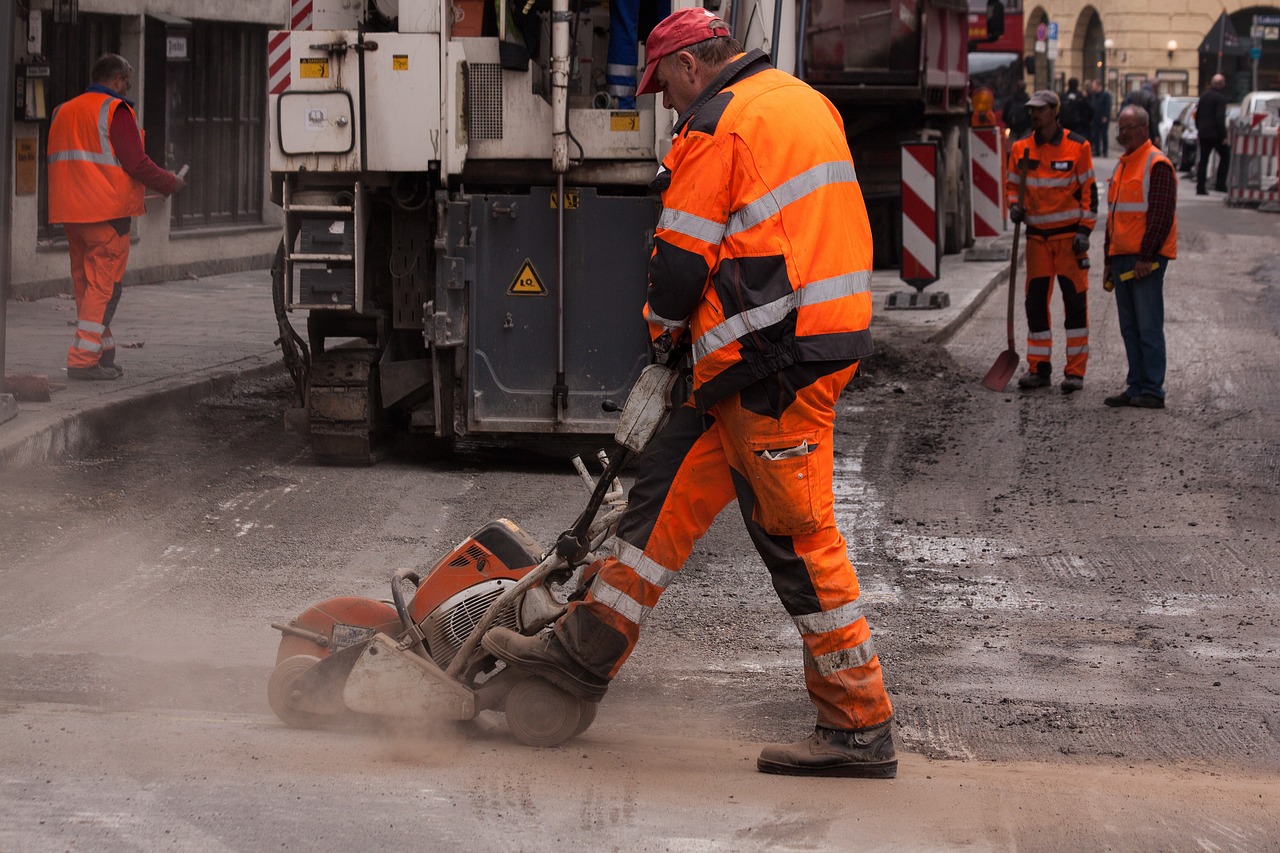What do you think comes to mind when one mentions road construction?
It might be the smooth asphalt that allows the plying of your daily commute, or it might be the bridges that allow cities and communities to connect. However, have you ever wondered what lies beneath these structures to make them last for ages? Traditionally, steel rebar has played a pivotal role in reinforcing concrete in road construction. However, the world is changing rapidly, and so are the materials we use. Glass Fiber Reinforced Polymer, or GFRP, rebar is a material that is not only revolutionizing how we build roads but also how we perceive sustainability in infrastructure.
The Roadblocks with Traditional Steel Rebar

Take steel rebar first. It has been in use for decades to reinforce concrete in roads, bridges, and tunnels. Nonetheless, like everything else, steel has limitations of its own.
- Corrosion: Consider a drive along the sea under a fog bank and ponder whether the water will ever rust the steel rebar inside the pavement. In fifty years, this corrosion has potentially resulted in cracks, potholes, and expensive maintenance or reconstruction. Few substances are more reactive to water, chemicals, or de-icing salts than steel, and with the worst environments, this can be particularly dangerous.
- High Carbon Footprint: The production of steel is energy-intensive, releasing a considerable amount of greenhouse gases into the atmosphere. In a world striving to reduce carbon emissions, this makes steel less appealing for sustainable construction.
- Maintenance Costs: Ever wonder why road repairs seem endless? Corroded steel is often to blame. As it deteriorates, it requires frequent maintenance, leading to higher costs and traffic disruptions.
Why GFRP Rebar is the Future

But first, let’s talk about GFRP rebar—a material which addresses these all head-on. Imagine a rebar that doesn’t rust, is light enough to handle with ease, and still offers the strength needed for heavy traffic and infrastructure.
- Corrosion Resistance: GFRP rebar is the road construction material that is immune to corrosion and will therefore not rust or degrade in adverse conditions. It will not let anything break it down-whether it’s moisture, chemicals, extreme temperature. It continues to provide long-term strength to the infrastructure that it supports over years.
- Lightweight: Imagine having a construction site where workers can easily lift and install rebar without heavy machinery. That’s what you achieve with GFRP. It is much lighter than steel, therefore the transportation cost will be very low, and installation will be quicker and more efficient.
- High Strength-to-Weight Ratio: GFRP rebar is very lightweight, yet very strong. It has a very high tensile strength and offers tremendous strength for the concrete while having none of the bulk of steel.
- Environmental Benefits: If you’re concerned about the environment, GFRP rebar offers a greener alternative. Its production process has a lower carbon footprint compared to steel, and because it lasts longer, there’s less need for repairs and replacements—further reducing environmental impact.
- Non-Conductive: GFRP rebar can work like a charm in areas where electromagnetic interference can become an issue. As non-conductive like steel, it is an excellent reinforcement near sensitive electronic equipment or where the rebar needs to remain electrically insulated.
Real-Life Success Stories: GFRP in Action

So, where is the GFRP rebar serving as the difference-maker? Let us take a closer look at some of the real-world applications that help highlight its relevance.
- Coastal Highways: GFRP rebar has proven to be relatively very strong in coastal regions where the presence of saltwater would rust steel within a short period. Such bridges and highways built using the GFRP structure have lasted long and are safe on the roads and durable.
- Cost Savings: Municipalities and contractors both claim to realize significant cost savings with GFRP rebar. Structures require less maintenance and remain functional for longer periods, thus realizing the initial investment spent in GFRP rebar.
- Sustainability in Practice: The GFRP rebar ensures that construction projects look toward achieving world sustainability goals. Since GFRP rebar utilizes fewer finite resources and causes less degradation to the environment, it is a foundational element for eco-friendly infrastructure.
- Ease of Installation: GFRP is easy to install. It is light in weight, so it installs relatively quickly and puts less stress on the worker, which reduces the labor-installation cost.
The Road Ahead

GFRP rebar is more than a replacement for steel; it is a step forward about how we are going to build the roads and bridges of the future. Due to higher strength to weight ratios, better corrosion resistance, and environmental advantages, GFRP rebar is well suited for sustainable road infrastructure. While looking towards the future, there seems to be a very clear role that GFRP rebar will take in the development of durable, efficient, and environmentally friendly infrastructure.
Next time you drive on a road or cross a bridge, think of the innovation behind your tires. The future of road construction arrives here, and it’s about strength in GFRP rebar. Are you ready for the change?
Ready to learn more?
Find out how GFRP rebar can change your next construction project and start building toward a greener future. Contact Us today.
